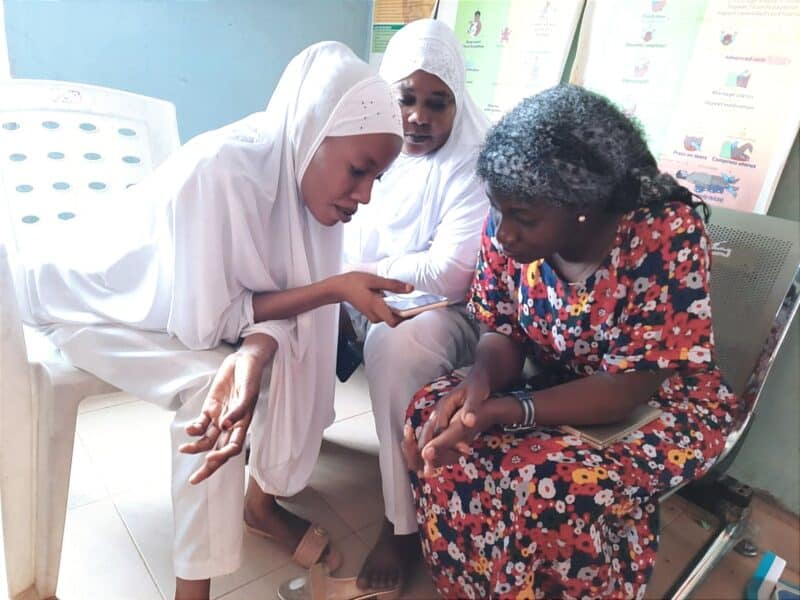What do health workers need to do their jobs well? They need a supportive environment with resources necessary to carry out their responsibilities. They need to understand what is expected of them and what quality care looks like. They need skills, knowledge and confidence in what they are doing. And finally, they need to be properly motivated, with attitudes, beliefs and norms that facilitate quality service provision.
If you take a look at the research, most efforts to improve health provider behavior have focused on the first three areas – influencing structural factors, providing clear expectations and definitions of quality, and enhancing skills and knowledge. Fewer efforts have been devoted to influencing providers’ internal motivations, including personal attitudes and beliefs, social norms, status, perceived importance of work, recognition, connectedness, social cohesion and rewards.
Social and behavior change communication (SBCC) is perfectly placed to address those internal motivating factors. By placing health providers as the audience for SBCC efforts, programs can influence the norms, values, attitudes, beliefs, and motivations responsible for provider behavior.
While SBCC has frequently been used to improve provider skills, knowledge and interactions, it has been used less often to change underlying provider motivations, attitudes and norms. And so, less guidance is available for applying SBCC to provider behavior change.
To meet this need, the CCP-led Health Communication Capacity Collaborative (HC3) has developed two Implementation Kits (I-Kits) on Provider Behavior Change Communication: one that places Community Health Workers as the primary audience for SBCC and another that places Facility-Based Providers as the primary audience. Both I-Kits include an Assessment Tool that helps users identify, understand and prioritize provider-related barriers to quality service provision; an Intervention Design Tool that provides step-by-step guidance on designing an SBCC intervention to address the identified barriers; and a collection of Resources that showcase effective provider behavior change interventions.
With these resources in hand, HC3 hopes that program managers will be better equipped to use SBCC to change provider behavior and ultimately, improve the quality of services offered.
This post was written by Hannah Hancock, Senior Program Officer at the Health Communication Capacity Collaborative (HC3) project. HC3 is is a five-year, global project funded by USAID designed to strengthen developing country capacity to implement state-of-the-art social and behavior change communication (SBCC) programs. HC3 is led by the Johns Hopkins Center for Communication Programs (CCP).





